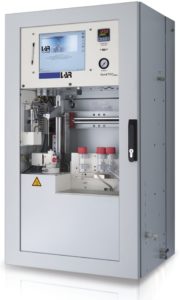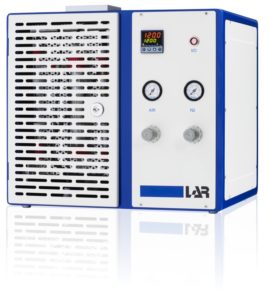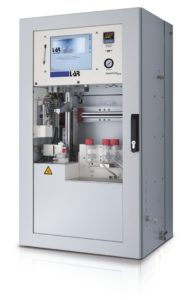
Industrial Manufacturing
The production in the pulp and paper industry requires large amounts of water. The German Waste Water Ordinance implies that the resulting effluent has to be tested on the content of chemical oxygen demand (COD). In comparison with conventional testing methods the use of online COD analyzers offers high savings and also enables efficient water management.
Types of Water
- Process water
- Cooling water
- Surface water
- Water influent
- Water effluent
- Boiler feed water
- Condensate return
- Industrial waste water
- Discharge control
- Oil-in-Water
- High salt concentrations
Reuse of Water, Effective Water Management and High Process Safety
Need further information?
Cosa Xentaur
4140 World Houston Parkway
Suite 180
Houston, TX 77032
USA














